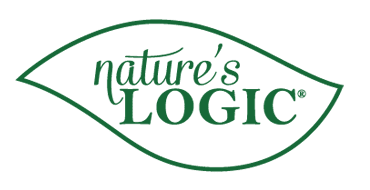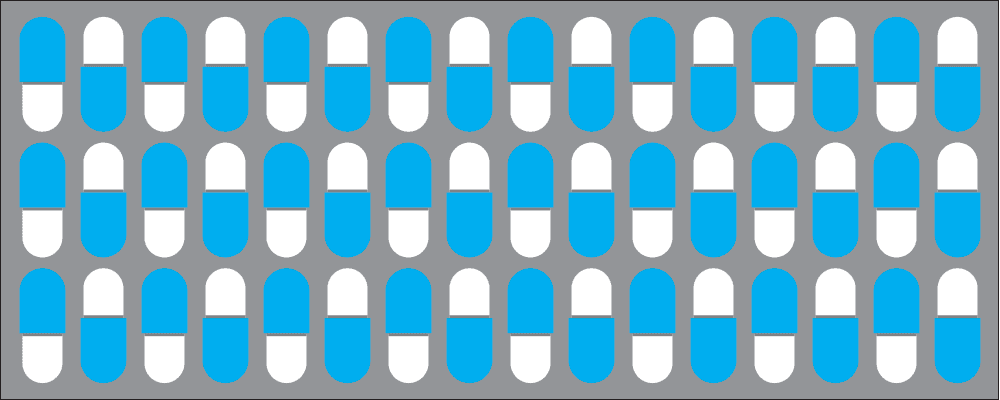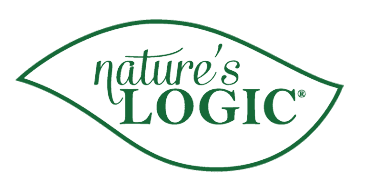Understanding Pet Food Premixes
What is a premix?
A premix is a predetermined blend of 20 or more vitamins, minerals and possibly amino acids. This blend is added to the food component of a pet food formula so it will meet the minimum Association of American Feed Control Officials (AAFCO) requirements of the diet for a certain life stage or stages of a dog or cat. In other words, the food component of the formula is lacking in certain nutrients, so the formulator adds in via a premix the deficient vitamins, minerals and possibly amino acids needed so all the AAFCO nutrient requirements are met.
Are the vitamins and minerals in the premix natural?
Real, natural vitamins are in food. Vitamins, minerals, and amino acids in premixes are synthetic and are made in chemical plants. Each of the vitamins, minerals, and amino acids come with what is called a material safety data sheet (MSDS) created by the chemical company for safe handling.
If the premixes are synthetic, why do pet foods using them still call themselves natural?
In the AAFCO definition of natural, it says that it would be misleading to call a product natural that contained anything synthetic, but in the case of added vitamins and minerals AAFCO makes an exception. AAFCO states “that exceptions be made in the cases when chemically synthesized vitamins, minerals, or other trace nutrients are present as ingredients in the product provided that the products are not a dietary supplement and that a disclaimer is used to inform the consumer that vitamins, minerals or other trace nutrients are not natural.”
So here is the disclaimer that is acceptable to AAFCO to inform the consumer that vitamins, minerals or other trace nutrients are not natural in the pet food they are purchasing:
“Natural with added vitamins and minerals”. Now you have been informed.
Are synthetic supplements in premixes safe?
They are totally legal and you must be the judge, but here is some food for thought. The National Research Council (NRC) puts out two books studying these synthetic elements. The books are, “Vitamin Tolerance of Animals” and “Mineral Tolerance of Domestic Animals”. AAFCO uses some of the research in the mineral publication to derive the section in the AAFCO Official Publication titled, “Official Guidelines for Contaminant Levels Permitted in Mineral Feed Ingredients”. This section addresses the problem of heavy metal contaminants that are in the sourced minerals used in animal/pet foods. The source for many of these is from the by-products of industry. The potential contaminants are arsenic, cadmium, lead, mercury, and other heavy metals that can harm animals at certain levels. In the NRC vitamin publication, as they studied the man-made vitamins, the main concern became the toxicity of them. They state in the book there are not enough studies to know emphatically what the upper safe level of any of the elements is. But they state using extrapolation and inference from the limited information to come up with the presumed upper safe level of each element that could be used for a limited period of time without showing signs of intoxication. The research also admits the studies have only been conducted using one element at a time, and they do not know the possible negative effects of two more of the elements consumed together. The last time I looked at any pet food label; there are always 20 to 26 of these synthetic additives used.
How can you spot a premix in a pet food?
Pretty much any added vitamin, mineral or amino acid is synthetic. Here is just one example of how these look within the ingredient panel of a bag of pet food:
Vitamins (Vitamin A Supplement, Vitamin D3 Supplement, Vitamin E Supplement, Niacin Supplement, L-Ascorbyl-2-Polyphosphate, d-Calcium Pantothenate, Thiamine Mononitrate, Pyridoxine Hydrochloride, Riboflavin Supplement, Folic Acid, Biotin, Vitamin B12 Supplement, Choline Chloride), Minerals (Zinc Proteinate, Iron Proteinate, Copper Proteinate, Manganese Proteinate, Ethylenediamine Dihydriodide, Sodium Selenite).
Does Nature’s Logic use a premix?
No, Nature’s Logic was launched in 2006 as the first full line of pet food in the world not using any premixes. Nature’s Logic uses only food and the natural vitamins, minerals, amino acids and other nutrients found naturally in them to supply 100% of all essential nutrients to dogs and cats. Rather than formulating to meet the AAFCO Nutrient Profiles by adding synthetic premixes, we prove our diets adequate through feeding trials. We truly let Nature supply everything as it should and as it does best. Here is a segment of our original brochure from back in 2006:
“In nature, dogs and cats are meat-eating predators, or what scientists call carnivores. Cats are called “obligate carnivores,” which means their diet must consist primarily of meat. When wild dogs or cats consume their prey, often plant-eating animals or “herbivores,” they eat the entire animal, including hair, bones, entrails, blood, stomach contents, etc. By consuming their prey’s stomach and intestinal contents, which are partially digested plant materials, natural carnivores also obtain some additional essential nutrients available only from plants.
Nature’s Logic® pet foods are formulated the way a truly natural diet should be. We never use man-made, chemically-synthesized vitamins, minerals, or amino acids. Nature’s Logic® 100% natural pet foods are made primarily of meats and other high-quality protein sources, combined with carefully selected plant products to naturally provide the essential nutrition your pet needs to thrive.”




Share this entry